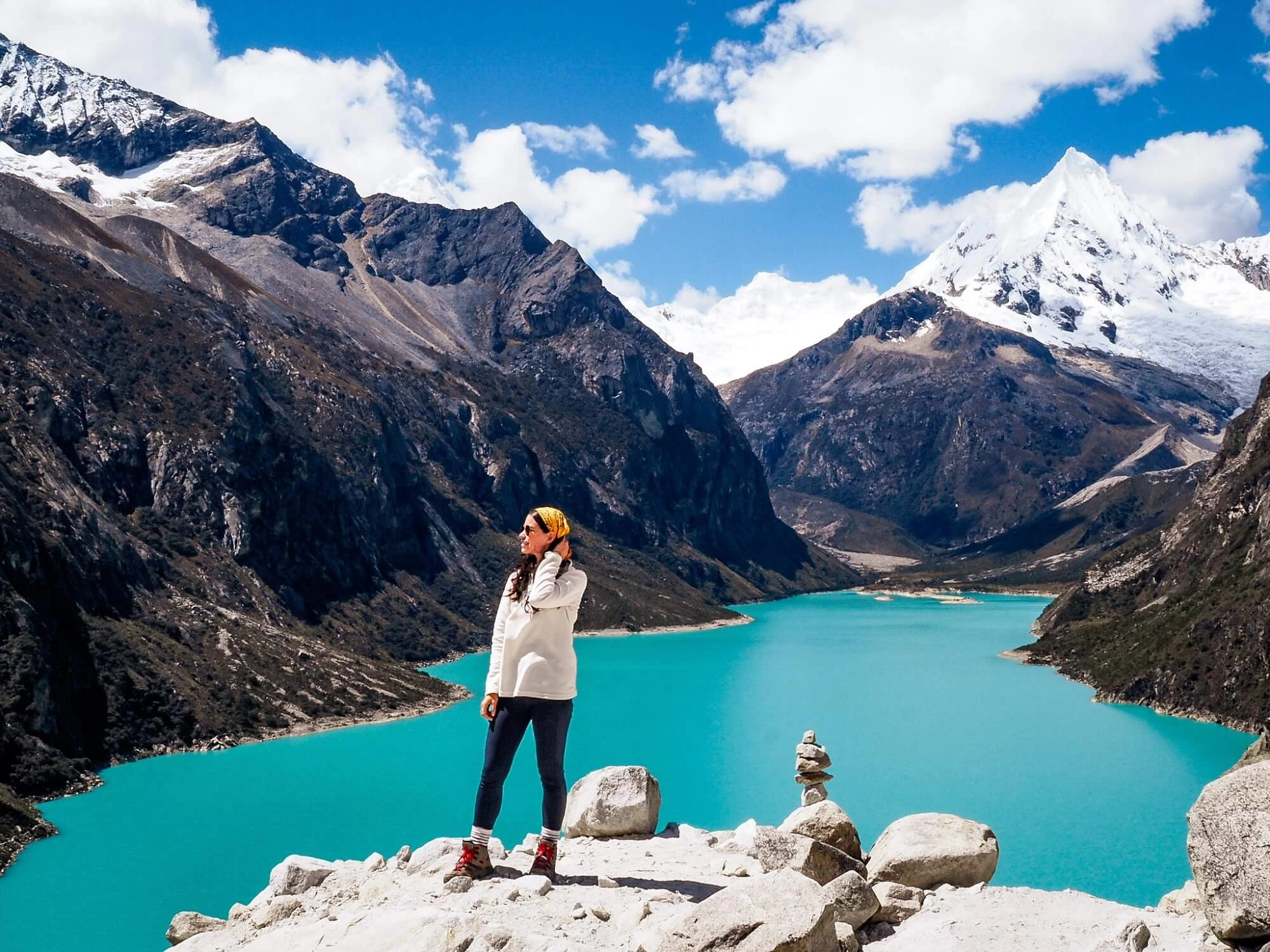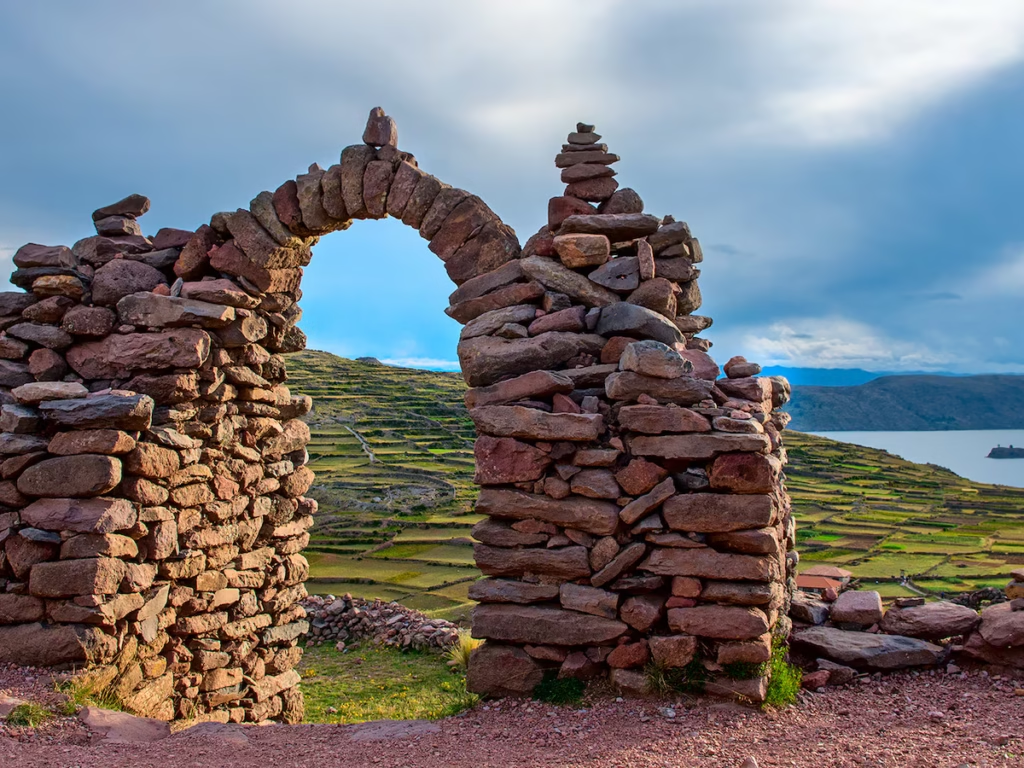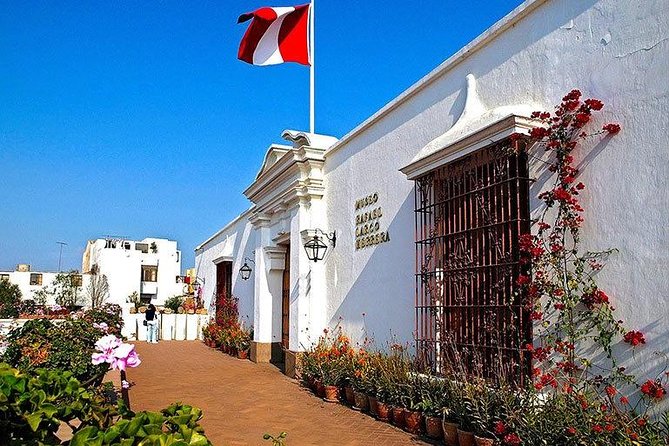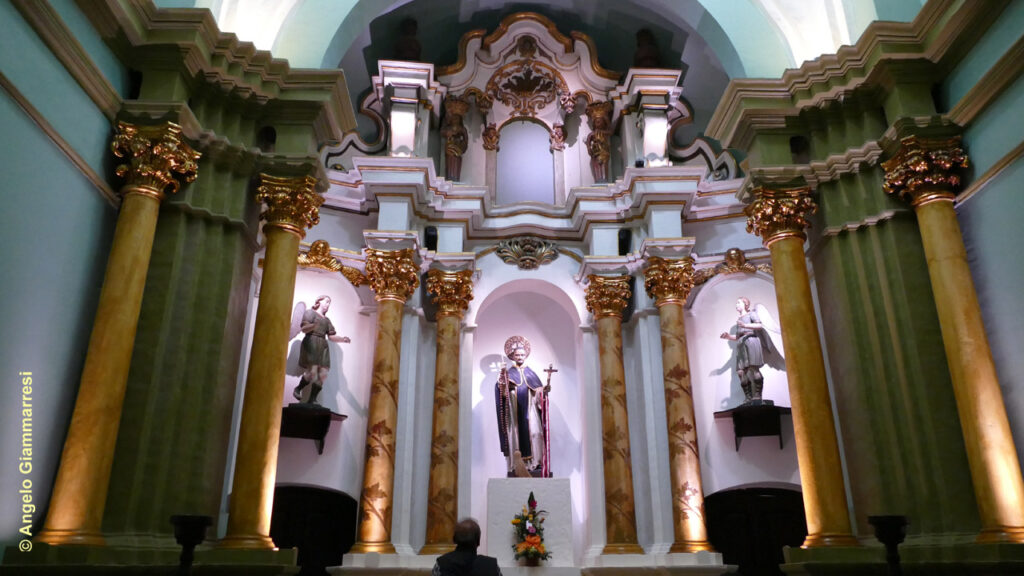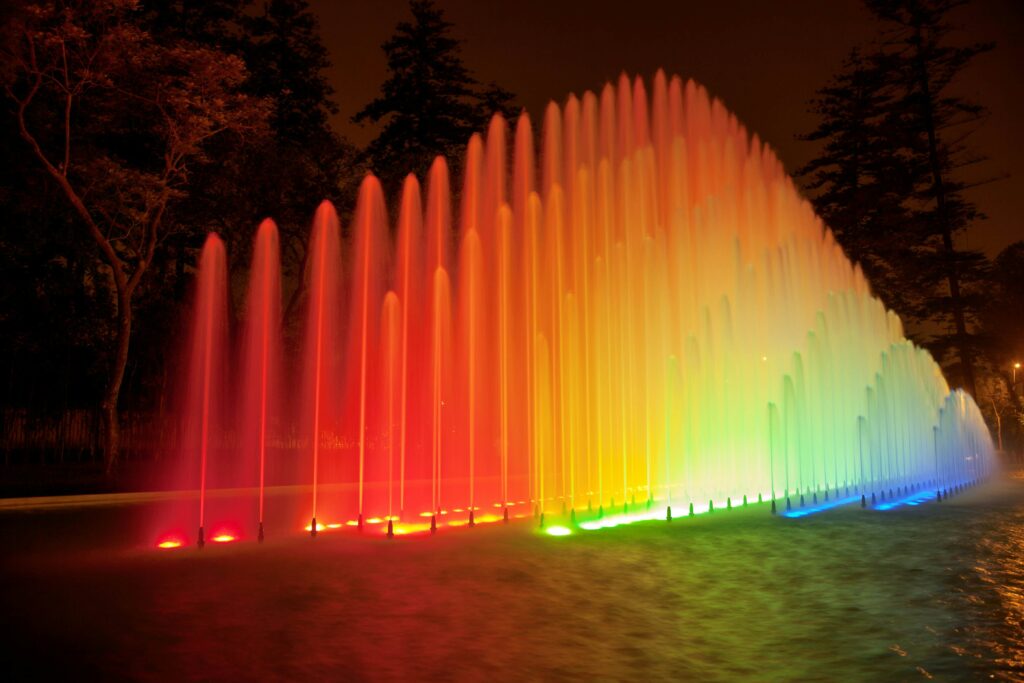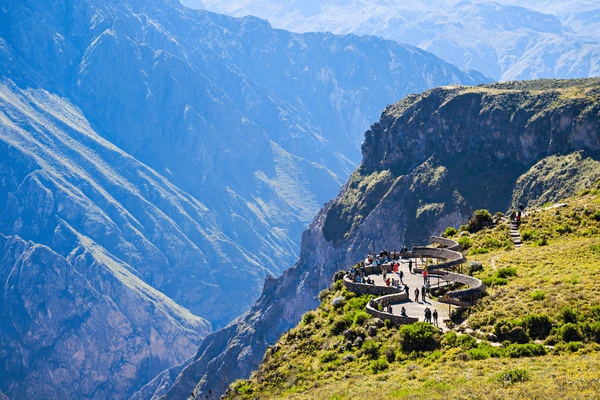Laguna Parón, the largest lake in the Cordillera Blanca — a snowcapped section of the Andes in west-central Peru — is a breathtaking destination for hikers, climbers, and nature lovers. Located within Huascarán National Park, 62 miles north of Huaraz, this stunning 17.1-square-mile lake glows with a turquoise hue due to its high lime content. Towering snow-capped peaks like Artesonraju (believed to have inspired the Paramount Pictures logo) surround the lake, creating a postcard-perfect scene.
Recognized as a UNESCO World Heritage Site since 1985, Laguna Parón sits at 4,185 meters above sea level. Whether you arrive by car or on foot, the peaceful atmosphere invites you to kayak, climb, camp, or simply take in the awe-inspiring views.
Getting There
From Lima to Huaraz:
Take an 8-hour night bus from Lima to Huaraz. Companies like MovilBus are reliable.
From Huaraz to Laguna Parón (Tour Option):
Join an organized tour from Huaraz or Caraz for S/50–70 per person. Book a certified guide upon arrival in Huaraz; tours typically begin around 7:30–8:00 AM. Use your first day to acclimate (Huaraz is at 3,052m/10,013ft).
DIY Route:
Take a combi from Huaraz to Caraz (S/6–8, 2 hours). Vans leave from Jr. Cajamarca.
Hire a taxi in Caraz to Laguna Parón and back, including a 2–3 hour wait time (S/150–180). The road is rough, and the trip takes about 2 hours.
Hiking to Laguna Parón
Adventurous travelers can hike from the village of Parón (S/8–10 combi from Caraz). The 8-mile trail takes 3–5 hours, with steep and rocky sections. Use GPS apps like Maps.me for navigation, and consider hiring a guide, as signage is limited. To return the same day, catch the last combi from Parón town before 3 PM.
Things to Do at Laguna Parón
Kayaking: Rent a kayak for 30 minutes (S/20) and glide across the glacial waters.
Boat Ride: Take a short scenic ride (S/10 per person, 15 minutes).
Rock Climbing: Challenge yourself on Torre de Parón, known as the Sphinx, with 13 established climbing routes.
Hike to Mirador: A 30–40 minute uphill trek to a panoramic viewpoint of the lake — perfect for photos.
Camping: Camp near the lake for free (no amenities). Bring your own gear, warm layers, and food, and be sure to pack out all trash.
Essential Tips
Entrance Fee: S/5, paid at Huascarán National Park.
Food & Water: Stock up in Huaraz or Caraz — there are no shops at the lake.
Best Time to Visit: April to September (dry season).
Altitude Warning: Acclimatize in Huaraz or Caraz to avoid altitude sickness.
Cash Only: Carry enough Peruvian soles for all expenses — cards are not accepted.
Local Eats: Try charqui (dried meat) at La Peña del Gordo in Caraz.

